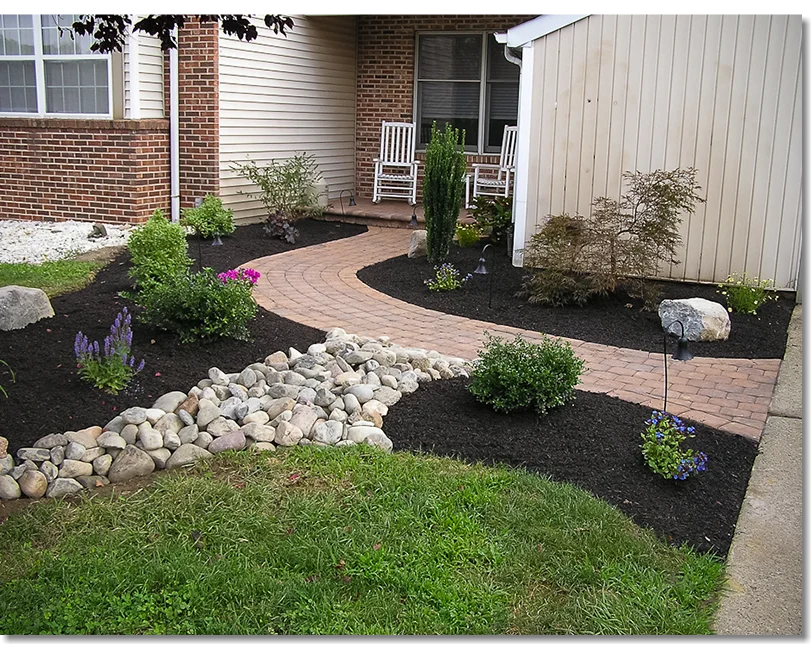Landscaping Services in Delhi
Landscaping offers numerous benefits beyond visual appeal. Well-designed landscapes can improve property value, enhance curb appeal, create outdoor living spaces, promote biodiversity, conserve water through smart irrigation practices, mitigate erosion, and provide habitats for wildlife. They also contribute to a sense of well-being, provide relaxation areas, and encourage outdoor activities.
Professional landscapers, landscape architects, and horticulturists often collaborate to bring their expertise to landscape projects. They work closely with clients to understand their preferences, budget, and maintenance capabilities to create landscapes that meet their needs and exceed expectations.
In summary, landscaping is a multifaceted practice that combines artistry, horticulture, and design principles to create visually appealing, functional, and sustainable outdoor spaces. By incorporating a harmonious balance of plants, hardscapes, and natural elements, landscaping enhances the beauty and usability of outdoor areas while promoting environmental stewardship.
The practice of landscaping encompasses a wide range of landscaping services in New Delhi
- Design and Planning: Landscape design involves conceptualizing and planning outdoor spaces based on the client’s preferences, site characteristics, and intended use. Designers consider factors such as topography, soil quality, climate, drainage, and available sunlight to create functional and visually appealing layouts. They may create sketches, blueprints, or digital renderings to illustrate the proposed design.
- 2. Plant Selection and Placement: One of the essential aspects of landscaping is choosing suitable plants for the specific environment. Landscape designers consider factors such as plant hardiness, growth habits, colors, textures, and maintenance requirements when selecting plants. They carefully arrange plants to create visual interest, provide shade, screen unsightly views, or create focal points within the landscape.
- 3. Hardscaping: Hardscaping involves incorporating non-living elements into the landscape design. This may include features such as pathways, patios, decks, retaining walls, fences, water features, and outdoor structures like pergolas or gazebos. Hardscaping elements provide structure, define functional spaces, and add architectural interest to the landscape.
- 4. Soil Preparation and Grading: Proper soil preparation is vital for healthy plant growth. Landscapers may assess the soil quality, amend it with organic matter or nutrients, and ensure proper drainage to support plant health. Grading, or leveling the land, may be necessary to optimize water flow, prevent erosion, and create a more visually appealing landscape.
- 5. Planting and Installation: Once the design and preparation stages are complete, the actual planting and installation of plants and hardscape features take place. Landscapers carefully install plants, considering spacing, proper depth, and appropriate planting techniques. Hardscaping elements are constructed and installed according to the design plan, paying attention to structural integrity and aesthetics.
- 6. Irrigation and Maintenance: To ensure the long-term health and vitality of the landscape, proper irrigation systems are often installed to provide water to the plants. Additionally, regular maintenance practices such as mowing, pruning, fertilizing, and pest control are necessary to keep the landscape in optimal condition. Regular maintenance also includes monitoring the health of plants, identifying and addressing issues promptly, and updating the landscape as needed.

